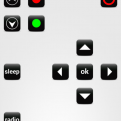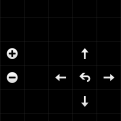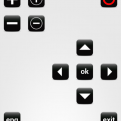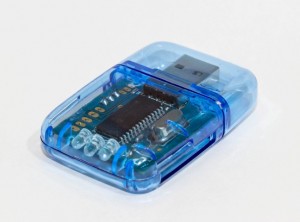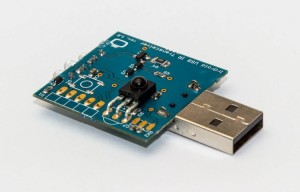If you are Developer, and you are interested in integrating Irdroid WIFI with your application, you can find the Details below for the API of Irdroid WIFI/ LIRC:
The Irdroid WIFI module has a LIRC daemon listening fo incoming connections on TCP port 8765 , when a connection is established, the following statements / commands are available:
Available Commands:
- LIST – list all configured remote names
- LISTREMOTE list all codes of REMOTE
- LISTREMOTECODE – list only CODE of REMOTE
- SEND_ONCE – send CODE [CODE …] once
- SEND_START – start repeating CODE
- SEND_STOP – stop repeating CODE
Basically in order to communicate with the LIRCD daemon that runs on Irdroid WIFI you need to establish a TCP/IP socket connection to host:
- host: 192.168.2.1
- port: 8765
After the connection is established you may start sending the above mentioned commands for querying the server and or for Start /Stop sending remote codes.
Below is an example in JAVA called LIRC Client which will save you a lot of time and you can simply add it in you Android APP and start communicating with Irdroid WIFI straight forward.
lircclient – JAVA Lirc client library for communicating with Irdroid wifi / LIRC


